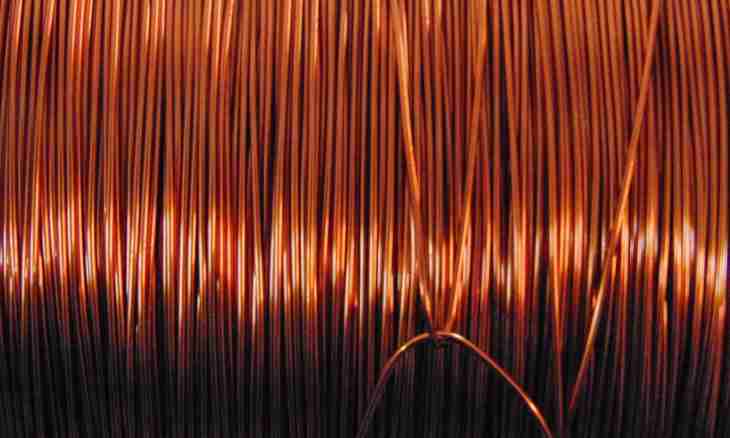Gold can be separated from other metals in the electrochemical or chemical way. Chemical methods are suitable for jewelry production more, electrochemical it is applied where it is necessary to receive a large amount of gold constantly.
Chemical method of office of gold
Quartation call a preliminary way of clarification of gold from impurity. The method is based on alloyage of gold with silver in the following proportion: three parts of silver and one part of gold. The metals accompanying gold begin to be dissolved when their weight is two and a half times more than gold weight. Instead of silver it is possible to use brass or copper. To reduce reaction time, the melted kvartovanny alloy is poured out a thin streamlet in water, at the same time metal takes the form of balls. The received balls then lower in nitric acid. In this process the formation of balls is a necessary stage, especially when alloy fragile and does not transfer rolling.
If copper content in kvartovanny gold is less than 10% at a small amount of lead, instead of nitric acid it is possible to use the concentrated sulfuric. At the same time the weight of acid has to exceed metal weight three times. Prior to reaction, acid is slowly heated, carefully mixing. After reaction, acid is cooled and poured out in water which amount has to exceed acid weight three times. Gold is placed in a cup from porcelain and well washed with the distilled water, at first use cold, then hot water. At the final stage the received gold melt. Chemical control shows that the gold received by a quartation method contains thousand shares of other metals.
Separation of gold from copper and other metals by means of chlorine
This way of office of gold is called Miller's method, it is based on impact of gaseous chlorine on the metals reducing gold test. The equipment used to realization of this method takes not enough place, but environment protection and working personnel from influence of poisonous and corrosive chlorine is necessary. First of all gaseous chlorine reacts with zinc, iron, antimony and tin, then — with copper, lead, bismuth and silver, only after that — with platinum and gold. The method is applied to gold about test higher than 700, in only several hours it can be brought to 994-996. Leaving alloy, chlorine carries away with itself chlorides of metals which then are laid on internal walls of the exhaust ventilation.

